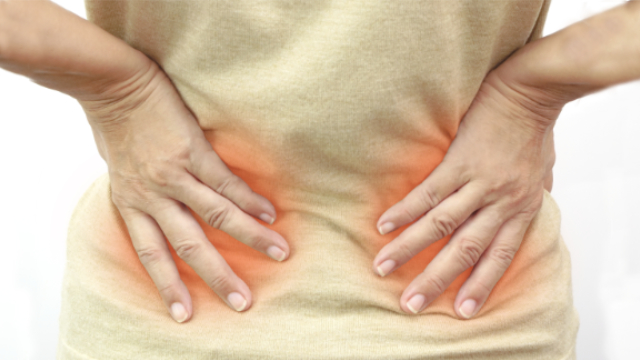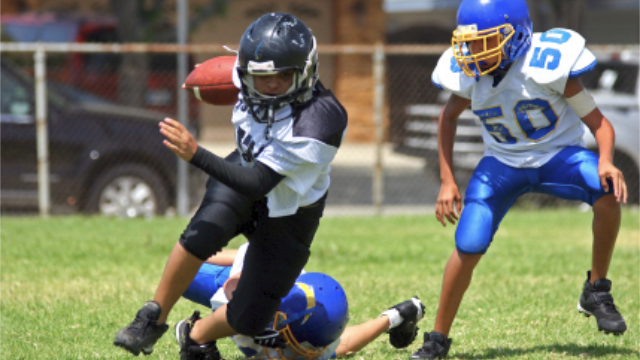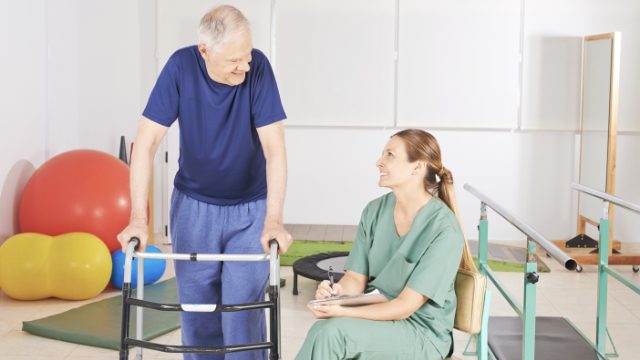
In the quest for optimal health and wellness, we often overlook the simplest and most natural solutions. One such solution is moderate exercise, a powerful tool that has been shown to have profound effects on our bodies, particularly in relation to muscle and joint health.
Recent research from York University has shed light on the intricate relationship between exercise and our immune system. The study, conducted on a mouse model, revealed that moderate exercise can "train" the precursors of macrophages, the white blood cells responsible for combating infections and healing injuries in our bodies.
These findings are significant because they provide a deeper understanding of the body's response to inflammation, a critical aspect of many health conditions. While inflammation is a necessary part of our immune response, excessive inflammation can lead to serious health issues such as heart disease, diabetes, and autoimmune diseases.
Exercise Cools Off Inflammation
Moderate exercise can help balance the inflammatory response in our bodies, potentially preventing or alleviating these health conditions. The changes were observed even a week after training, indicating that the benefits of moderate exercise could be long–term.
The next phase of the research will involve human volunteers and will aim to identify the most beneficial workout routines for balancing the inflammatory response. The researchers will also investigate the role of inflammation in more complex diseases, such as COVID–19, where overactive inflammatory responses can lead to severe outcomes.
There Appears to be a Clear Link Between Moderate Exercise & Improved Immunity
The takeaway from this research is clear: moderate and consistent exercise can not only improve metabolic health but also enhance immune health in the long run. So, whether you're looking to boost your immune system, alleviate chronic inflammation, or simply improve your overall health, incorporating moderate exercise into your routine could be a game–changer.
Slow And Steady Wins The Race
Remember, it's not about pushing your body to its limits; it's about consistent, moderate exercise. So, lace up your sneakers, hit the pavement, jump on a stationary bike, or go for a swim, and start reaping the health benefits of moderate exercise today.









